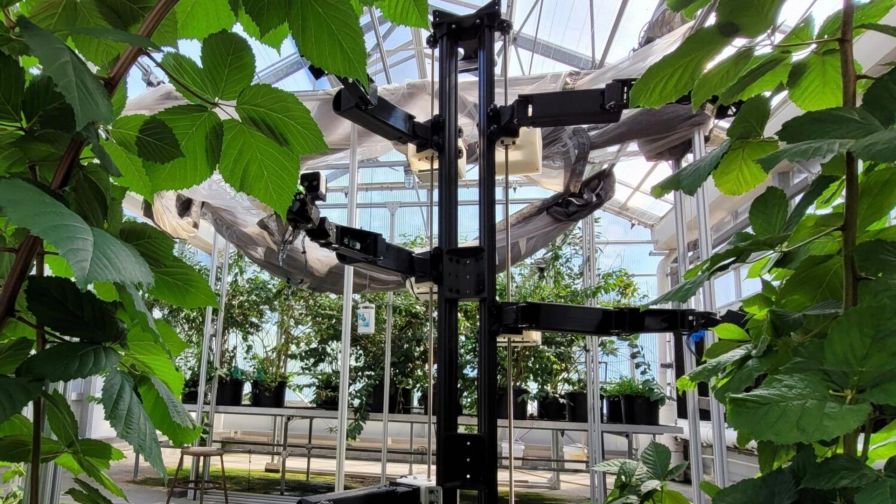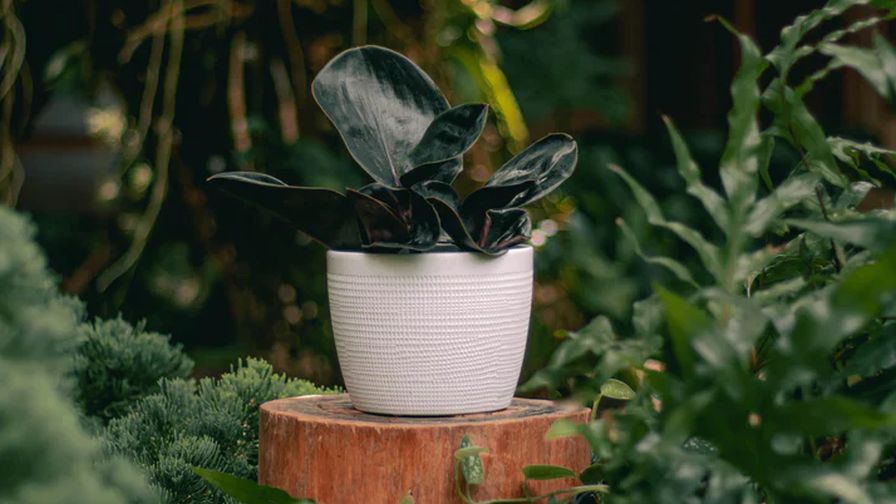Ways to Ensure High Yields and Crop Productivity With HPS Lighting
 Lighting is one of the most important aspects of growing a crop, and just as you would spend money and time to upkeep a car to ensure it runs properly, a lighting system needs to also be maintained for you to get the most out of it. Grow lights need to be cleaned, re-lamped, and tested to ensure they are still working well. If not, you can run into problems such as slowed crop growth, increased crop cycles, and overall loss in crop productivity, which can lead to lost profits.
Lighting is one of the most important aspects of growing a crop, and just as you would spend money and time to upkeep a car to ensure it runs properly, a lighting system needs to also be maintained for you to get the most out of it. Grow lights need to be cleaned, re-lamped, and tested to ensure they are still working well. If not, you can run into problems such as slowed crop growth, increased crop cycles, and overall loss in crop productivity, which can lead to lost profits.
In a recent blog post, James Grouzos at P.L. Light Systems reviews 10 ways to keep your luminaires maintained so you continue to have optimum PAR output while ensuring high crop yields and peak efficiency.
Keep a re-lamping schedule. Lamps used in horticultural lighting do not burn out like household lamps and need to be replaced after so many hours of use. Light output diminishes after every 1,000 hours of use with HPS lamps. Grouzos recommends re-lamping after 10,000 hours of use, which may be anywhere from two to five years depending on how often you use your lights. It is important to note that every 1% loss in light equals to a 1% percent loss in production, so after 10,000 hours of use, your light output has diminished by 7-8%. Decreased lamp output is even more pronounced in sole source indoor applications, where there is no natural sunlight to offset the associated depreciation in light.
Check your light output using a light meter to see how much light you are really getting. This can be done after two to three years of luminaire use. Grouzos recommends the use of a quantum-sensor (PAR-sensor) for the measurement. To get a measurement, stand in the middle between four luminaires, and take measurements at the crop level. Take note if there are any shadows, objects, or anything that might interfere with the reading. Something to also be aware of is to make sure your light meter is calibrated. Just like other equipment (a pH meter, for example), a light meter also needs to be calibrated to ensure accurate readings. Refer to your light sensor manual on how to calibrate.
Look for consistency in your lighting. Do all the lamps look to be the same in light output when you look up at them, or do some look dimmer than others? If so, this may mean that you need to re-lamp. Having uneven light output will affect growth and yields.
To continue reading more tips from Grouzos, read his original post here.









